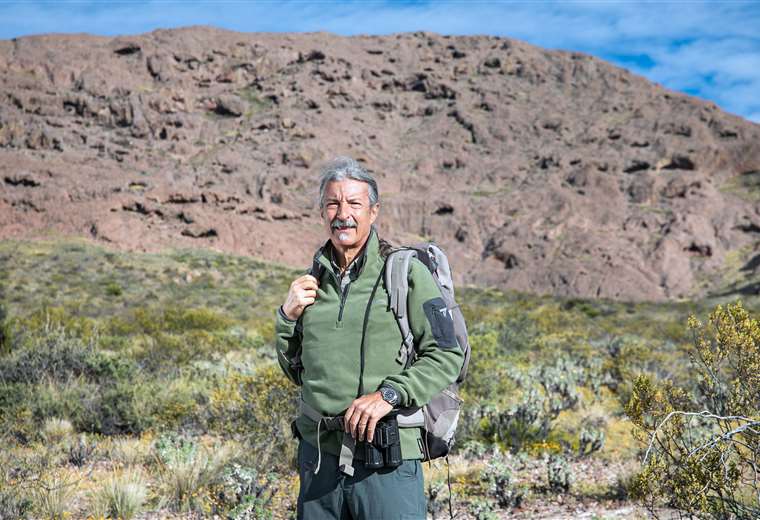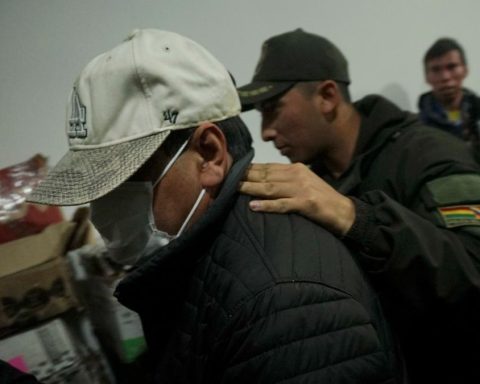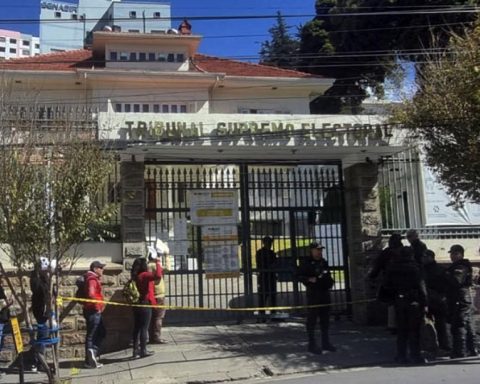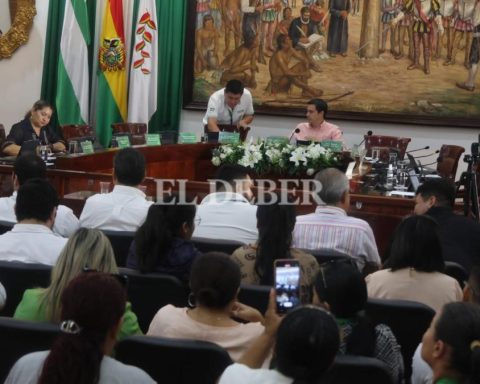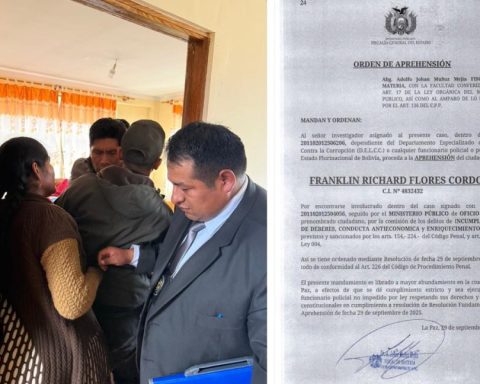August 30, 2022, 11:01 AM
August 30, 2022, 11:01 AM
Argentine biologist Luis Jácome is recognized for his successful conservation campaign for the Andean condor (vultur gryphus), an imposing scavenger that is a prominent symbol of Andean culture and plays a key role in the ecological balance of the Patagonian coast and the Andes Mountains. Although the condor is one of the largest flying birds in the world and has one of the longest life expectancies, being able to live 70 years, it faces numerous threats to its survival throughout its life and has been classified as a species. vulnerable” by the International Union for Conservation of Nature (IUCN).
Jácome’s inspiration for the condors was born in 1982, when he saw them fly over the first mountain he climbed, Cerro López (2188 m), in Patagonia. After completing his studies, he worked on a program for the conservation and reproduction of animals in the Buenos Aires Zoo. However, in the early 1990s, a growing concern began to emerge among conservation organizations about the decline in the condor population, victims of unscrupulous hunters, the ingestion of lead bullets or toxic baits, and the impact of fishing lines. high voltage and changes in the environment.
Jácome decided it was time to act. In 1991, he launched the Andean Condor Conservation Program (PCCA), a joint initiative between Argentina and Chile. Two years later, he started a breeding program, the first of its kind in Latin America, with the aim of increasing the condor population. He also enlisted the help of Mike Wallace of the Los Angeles Zoo, who had developed captive breeding techniques for the California condor. Wallace’s ingenious method includes manipulating the chicks with hand puppets that simulate the head of a condor. “By isolating the pigeons from all human contact, we avoid getting them used to human presence,” explains Jácome. “The chicks are raised for two months with the use of latex puppets, and then go on to socialize with other condors until they complete their ocher-brown plumage characteristic of juvenile condors. At six months, they are ready to be released into the wild.”
As part of the project, in 1993 the first captive birth of an artificially hatched condor chick took place in South America. The success of the breeding program was such that in 1997 the first reintroduction of condors was achieved in Valle Encantado, in Argentine Patagonia, a year after Jácome was selected. Rolex Awards Laureate to the Initiative. Jácome maintains that the Award came at a crucial moment, since they needed to acquire expensive satellite technology equipment to monitor the condors after their release. The Prize was also important to boost their morale and that of his colleagues. «Winning a Rolex Award is a recognition of the enormous effort that we carry out, a formidable initiative that deserves the support of society”, he highlights.
Combining condor chicks hatched in captivity and injured birds that have been rescued and rehabilitated, since 1997 Jácome and his team have released a total of 219 condors. In addition, they have managed to make a network of more than 56,000 kmtwo of protected natural areas in Argentina are declared sanctuaries for the conservation of this threatened species. For three decades, the PCCA has been a leader in captive breeding innovation, rescue and rehabilitation of the Andean condor; it has developed new methodologies for the release and monitoring of birds, and has promoted the conservation of natural areas, education and partnerships with local communities.
Jácome believes that it is not possible to save the Andean condor by acting in isolation, and that many actions are required to guarantee the survival of this amazing bird. “If we can address issues like climate change, pollution and the destruction of natural habitats, both we and the condors can prosper,” he says, echoing the goals of the Rolex Perpetual Planet Initiative.

Profile
Luis Jácome has a degree in biological sciences and biotechnology from CAECE University in Buenos Airesand is a widely respected research scientist in a variety of specific study areas, from conservation biology, wildlife management and conservation programs to artificial incubation, wildlife rescue, rehabilitation, reintroduction and monitoring, as well as the application of radio telemetry systems, satellite transmission and geographic information.
While leading the Andean Condor Conservation Program, Jácome plays a leading role in other conservation organizations. He is president of the Fundación Bioandina Argentina and co-director of the Binational Andean Condor Conservation Program of Chile and Argentina. Between 2002 and 2016, he served as conservation and science manager at the Buenos Aires Zoo; Between 2008 and 2016, he was coordinator of the Conservation Committee of the Latin American Association of Zoological Parks and Aquariums (ALPZA), as well as promoter of the Conservation Project of the World Association of Zoos and Aquariums (WAZA). He also promoted the implementation of the National Strategy against the Use of Toxic Baits (ENCT) in Argentina.
Jácome has written scientific publications and organized several seminars, and has participated in numerous documentaries on wildlife. In addition to the Rolex Award, she has received numerous awards in Latin America and the US, including the La Paz Award (2000), the Harry R. Painton Award (2005) and the Buenos Aires Veterinary Association Award (2011).

